Cone Beam Computed Tomography (CBCT) has revolutionized dental imaging, providing highly detailed 3D views of the oral and maxillofacial structures. But, as with any form of imaging that uses radiation, patients and practitioners are often concerned about radiation exposure. Fortunately, advances in CBCT technology have led to significant improvements in radiation safety, making new CBCT machines a game changer in terms of dose management.
In this blog, we’ll explore how modern CBCT systems minimize radiation dose, the factors influencing exposure, and why CBCT remains a powerful tool for accurate diagnosis.
How Do New CBCT Machines Minimize Radiation Exposure?
1. Optimized Field of View (FOV)
One of the primary innovations in new CBCT machines is the ability to select different fields of view (FOV) depending on the clinical requirement. By focusing the X-ray beam only on the region of interest, modern CBCT systems reduce unnecessary radiation exposure to surrounding tissues. This precision targeting reduces the effective dose, particularly when imaging smaller areas, such as a single tooth or part of the jaw.
2. Low-Dose Protocols
Many CBCT machines now feature dedicated low-dose protocols, designed to significantly reduce the amount of radiation while still providing clinically relevant images. These protocols adjust factors such as the kilovoltage peak (kVp), milliamperage (mA), and scan time. For cases that do not require the highest-resolution images, low-dose settings allow for detailed imaging with minimal radiation.
3. Improved Detector Technology
The imaging sensors and detectors used in modern CBCT machines are more sensitive and efficient than their older counterparts. This improvement means that a lower radiation dose can produce higher-quality images. These sensors are able to capture the X-ray photons more efficiently, reducing the need for repeated scans or increased exposure to achieve the necessary image clarity.
4. Pulsed Radiation Technology
Traditional X-ray machines often use continuous radiation, meaning the beam remains active for the duration of the scan. In contrast, many new CBCT systems use pulsed radiation technology, where the X-ray beam is only active during certain phases of the scan. This intermittent radiation use significantly reduces the overall dose without compromising image quality.
Comparing Radiation Dose: CBCT vs. Other Imaging Techniques
- 2D Panoramic X-ray: 9–26 microsieverts (μSv)
- Intraoral X-ray (bitewing): 5–9 μSv
- Low-Dose CBCT (focused FOV): 15–100 μSv
- Traditional Medical CT Scan: 1,000–2,000 μSv
Modern CBCT scans often fall within the lower range of radiation exposure compared to traditional medical CT scans. When low-dose protocols and smaller FOV are used, the radiation dose from a CBCT scan can be comparable to, or even lower than, that of a full-mouth series of intraoral X-rays.
Key Factors Influencing Radiation Dose in CBCT
Several factors influence the radiation dose from a CBCT scan, including:
1. Field of View (FOV) Size: The larger the FOV, the higher the radiation dose. Scanning the entire skull will result in more exposure compared to a focused scan of a specific region.
2. Voxel Size and Image Resolution: Higher resolution settings produce more detailed images but require more radiation. Lower resolution scans reduce dose at the expense of finer detail, which may be unnecessary in many cases.
3. Patient Size and Positioning: The size and positioning of the patient can also affect the dose. For instance, smaller patients, such as children, may require different settings to ensure appropriate dose levels.
4. Scan Time: Longer scan times typically result in higher radiation doses. Pulsed radiation helps mitigate this by reducing the active radiation time during a scan.
The Benefits of Modern CBCT in Dentistry
New CBCT systems offer numerous benefits that justify their use despite concerns about radiation. These include:
- Precision in Diagnosis: The 3D imaging provided by CBCT allows for more accurate diagnosis of dental and oral conditions, including complex cases such as impacted teeth, temporomandibular joint (TMJ) disorders, and complex root canal morphology.
- Better Treatment Planning: Whether it’s implant placement, orthodontic treatment, or surgical procedures, CBCT gives clinicians a clearer understanding of the patient’s anatomy, leading to more predictable outcomes.
- Patient Safety: With advanced features that lower radiation dose, CBCT scans are safer for patients, especially those who need multiple scans over time.
Conclusion
Advancements in CBCT technology have significantly reduced the radiation dose associated with dental imaging, without compromising on image quality. Today’s CBCT machines, with their optimized FOV, low-dose protocols, and enhanced detector technology, offer safer imaging options. For both patients and practitioners, these innovations help balance the need for precise diagnostics with the goal of minimizing radiation exposure.
If you’re concerned about radiation from dental X-rays or CBCT scans, rest assured that the latest technology is designed to prioritize your safety while delivering the critical information your dentist needs to ensure optimal care. Always feel free to discuss any concerns with your dentist, who can explain the steps taken to minimize your radiation exposure.
